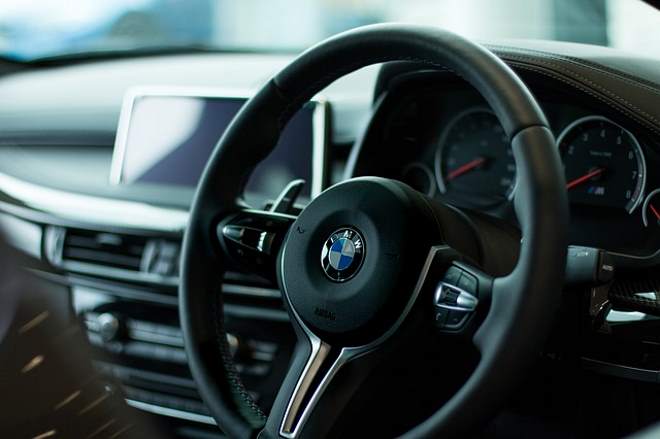A Dive into the World of Automotive Paint Technology
The art of automotive painting has evolved from the early days of horse-drawn carriages to the current era of advanced automotive technology. With the advent of new materials, techniques, and technologies, the automotive painting industry has seen a dramatic shift in recent years. This article will delve into the world of automotive paint technology, exploring its history, current trends, and the impact it has on the industry.

A Brush with History
The history of automotive paint technology is a fascinating journey. In the early days, cars were painted by hand, often with a brush. The choice of colors was limited, and the process was time-consuming. However, with the advent of the assembly line, the need for faster, more efficient painting methods became apparent.
By the 1920s, the automotive industry had adopted spray painting techniques. This not only sped up the process but allowed for a smoother, more even finish. The introduction of nitrocellulose lacquers in the 1920s brought about a significant change, providing a high-gloss finish that was both durable and appealing.
The Current Palette of Innovation
Today, automotive paint technology has advanced considerably. Modern cars are painted using a multi-step process that includes primer, basecoat, and clearcoat. This ensures a durable finish that can withstand the elements and maintain its shine for years.
One of the most significant advancements in this field is the development of water-based paints. These paints offer a more environmentally friendly alternative to traditional solvent-based paints, reducing the emission of volatile organic compounds (VOCs).
Another innovative trend is the use of nano paint technology. These paints incorporate tiny particles that provide extra resistance to scratches and other damage. They can also self-heal minor scratches, maintaining the vehicle’s aesthetic appeal.
Impact, Benefits, and Challenges
The advancements in automotive paint technology have had a considerable impact on the industry. They have improved the quality and durability of car finishes, enhanced the aesthetic appeal of vehicles, and contributed to environmental sustainability.
However, these advancements come with their challenges. For instance, the use of water-based paints requires more precise control of humidity and temperature during application and drying. Similarly, nano paint technology is still relatively new and can be costly.
The Art of Color in Motion
The choice and application of color in automotive paint technology is a science in itself. Car manufacturers spend a significant amount of time researching and testing color trends. This is not just about aesthetics; different colors can affect a car’s visibility on the road, its perceived size, and even its resale value.
Looking Towards a Bright Future
The future of automotive paint technology looks bright, with many exciting developments on the horizon. With the increasing focus on sustainability, we can expect to see more eco-friendly paint options. Advancements in nano and smart paint technologies also promise a future where cars can self-repair minor scratches, change color at the touch of a button, and even generate power through solar-activated paint.
Automotive paint technology has come a long way since the days of hand-painted carriages. It’s a testament to the industry’s commitment to innovation, quality, and sustainability. As we move forward, we can expect this vibrant field to continue to evolve, bringing us cars that are not just modes of transport but works of art in their own right.






